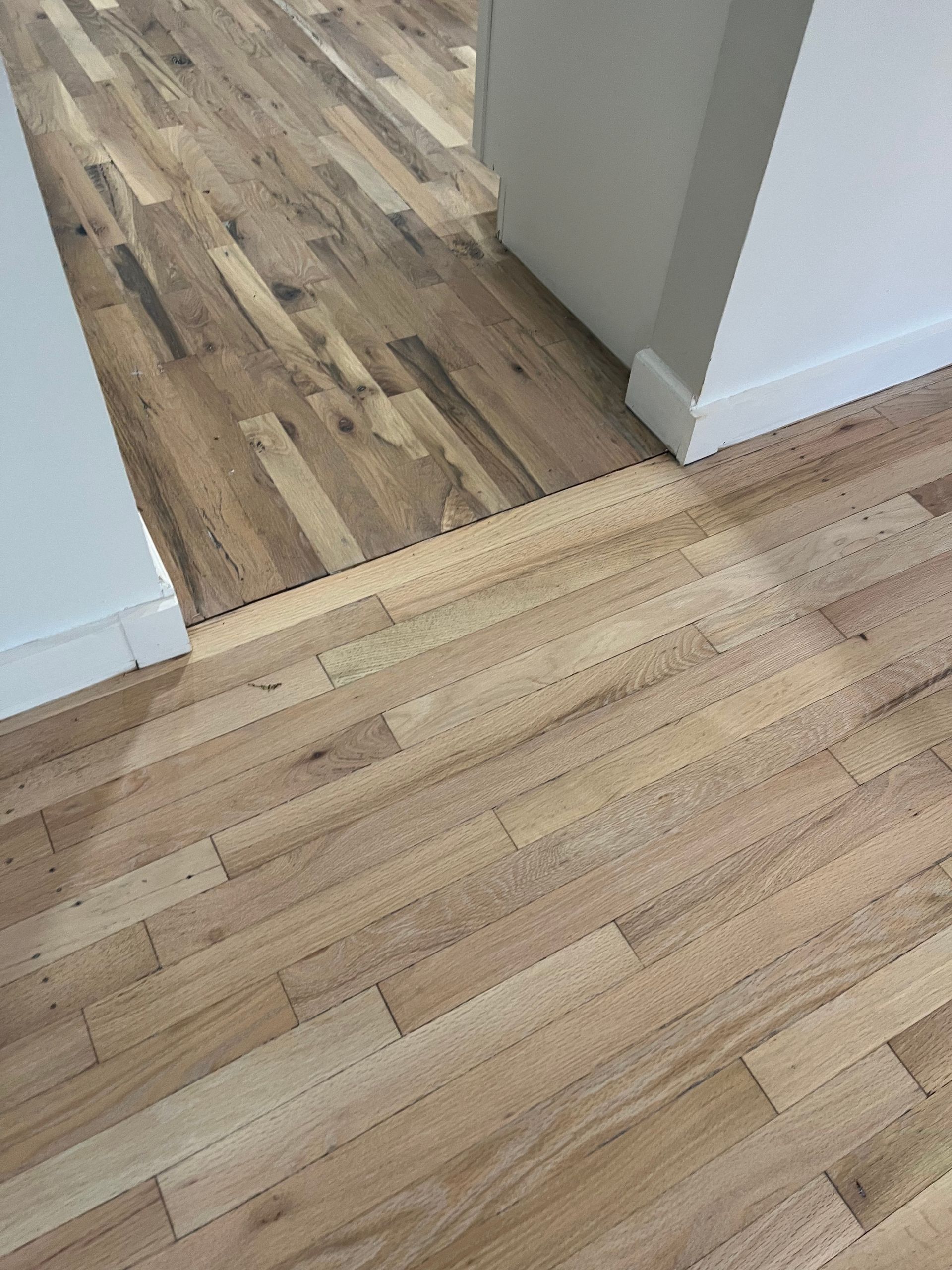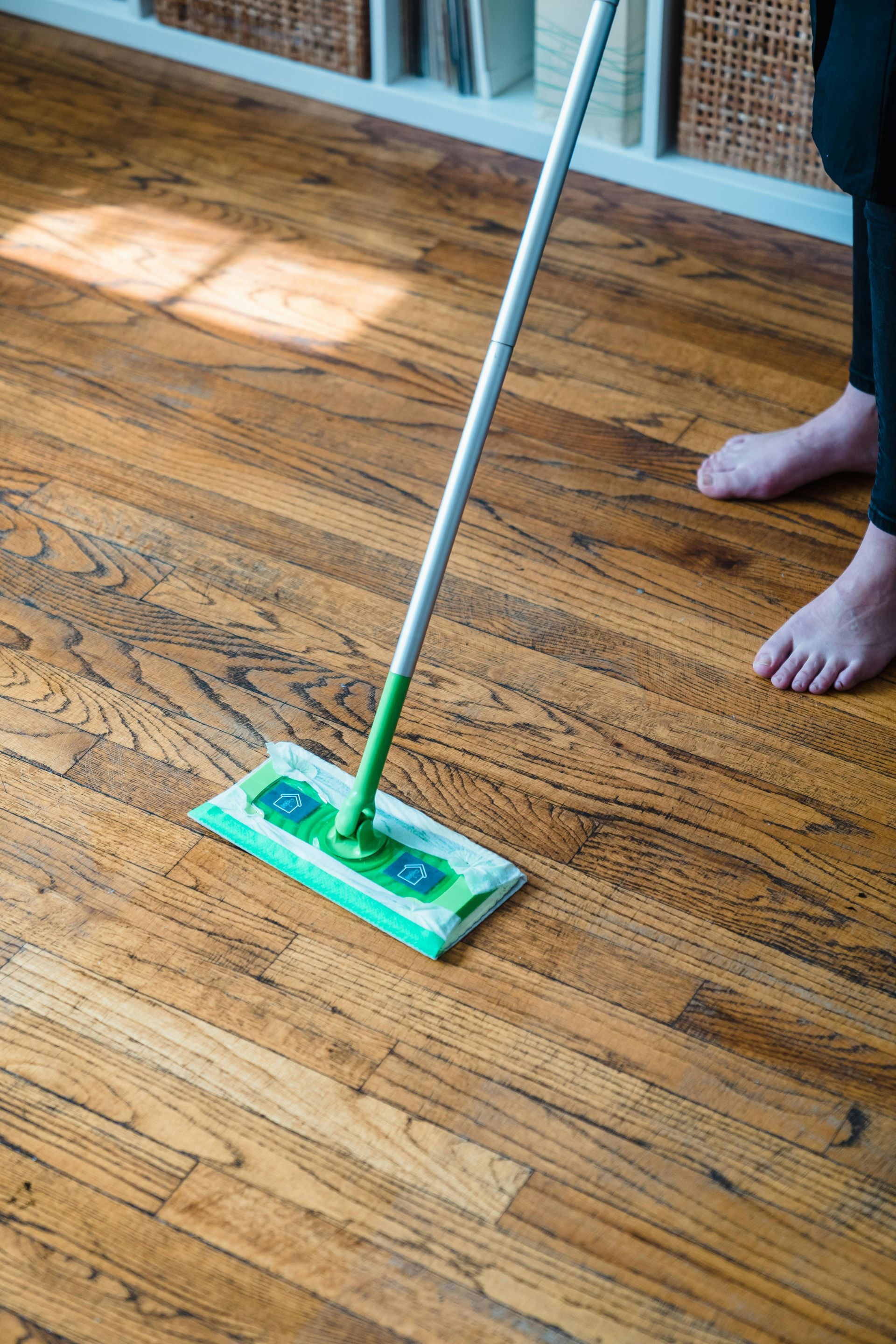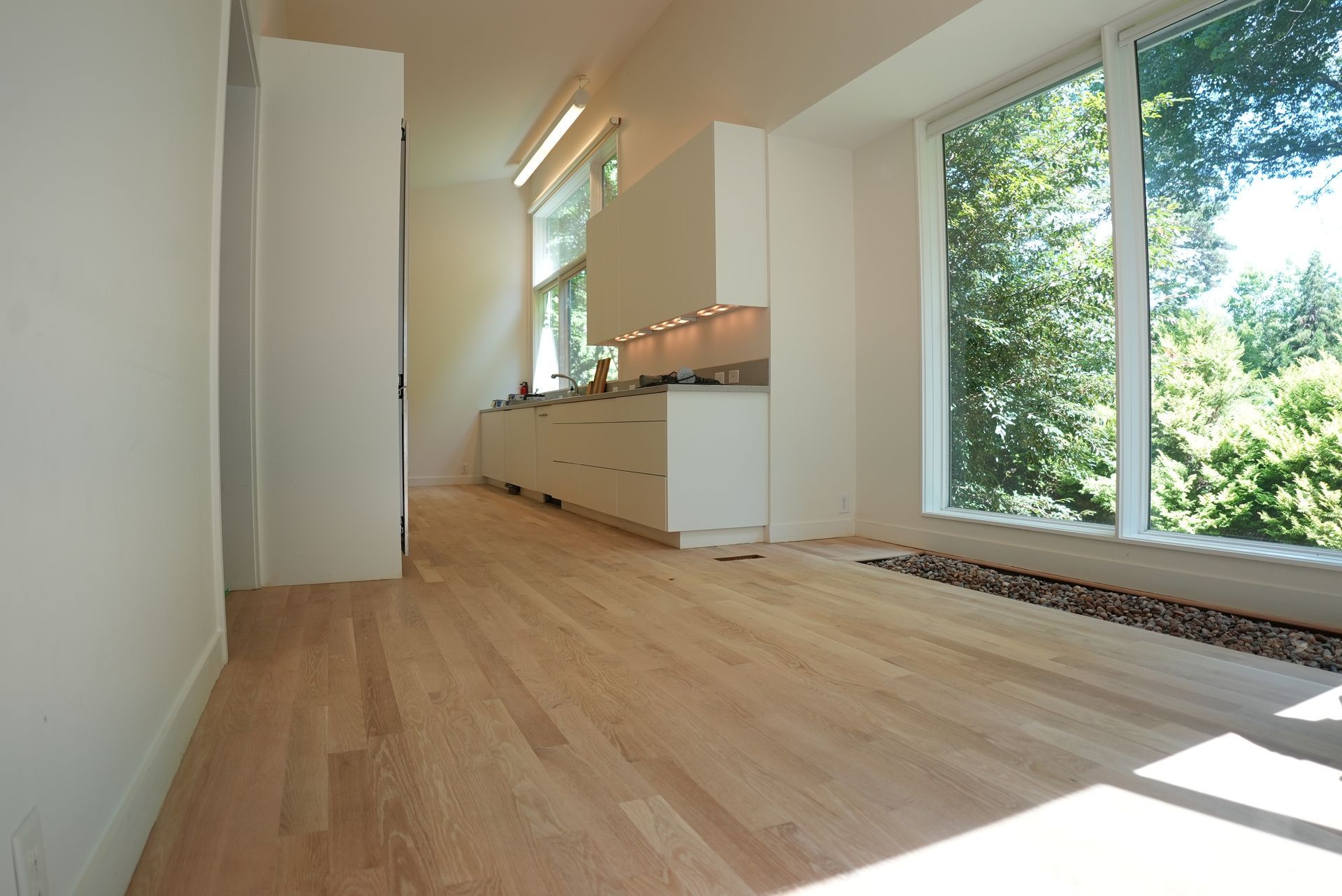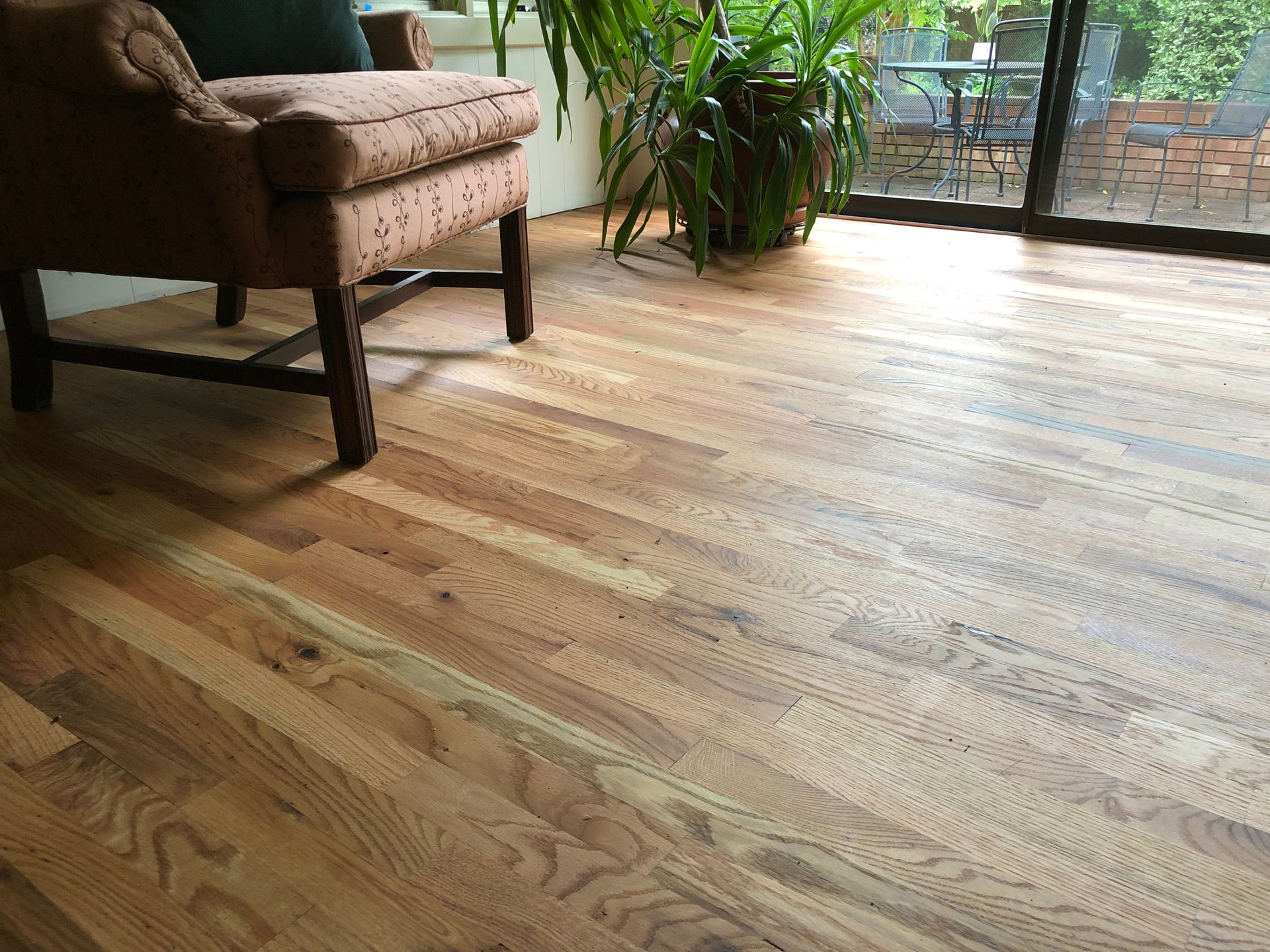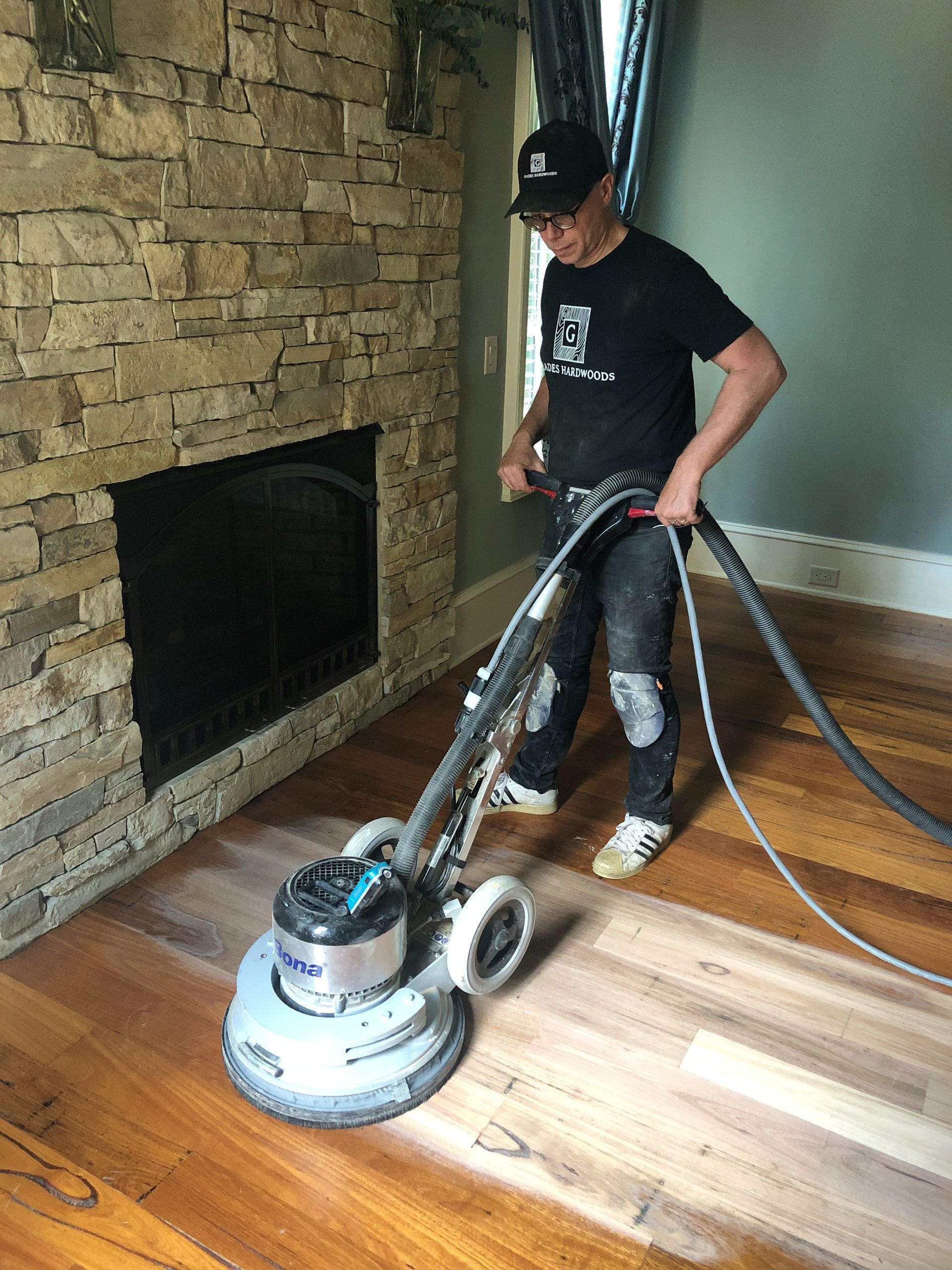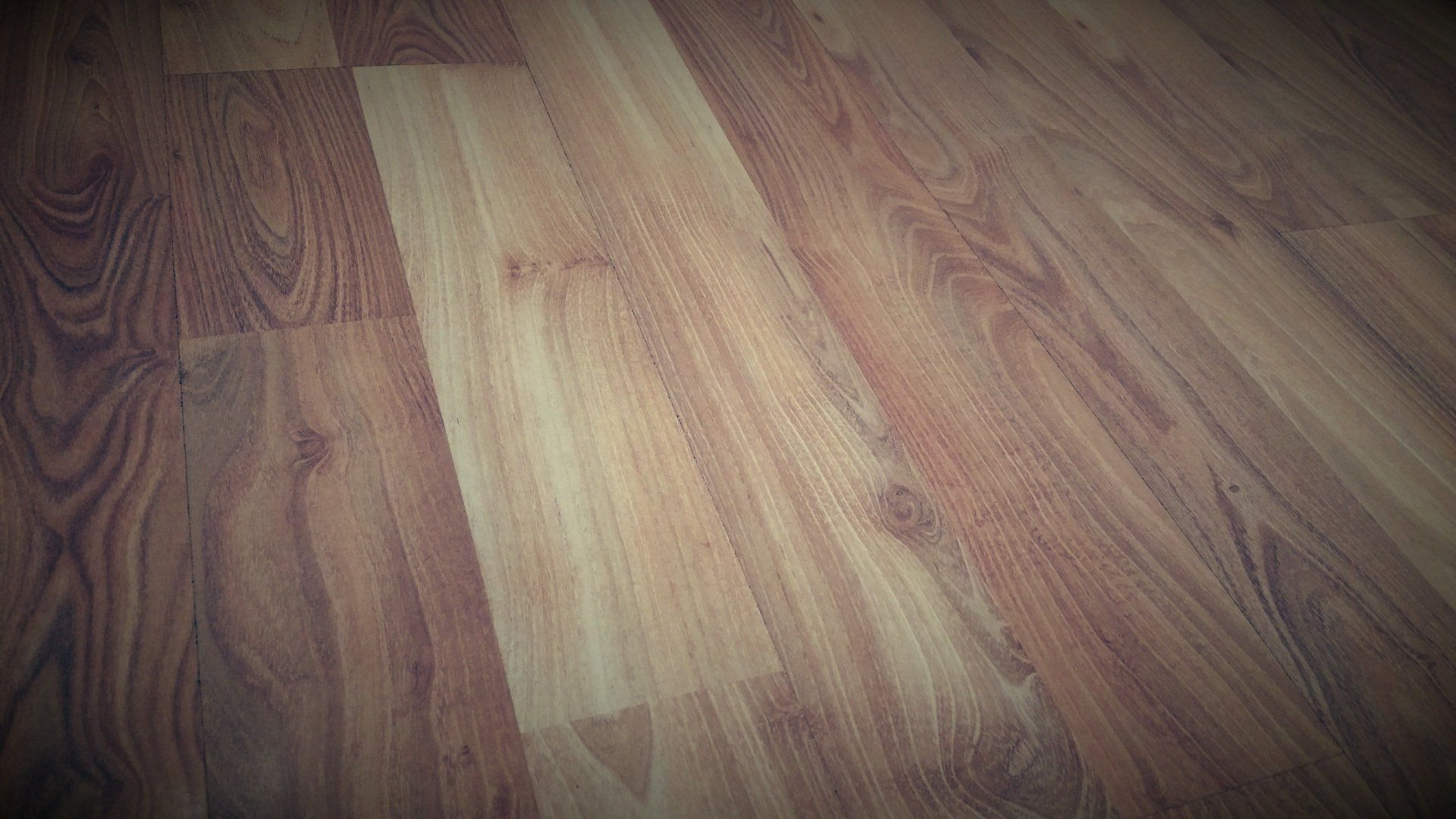The Consequences of Poor Sanding on Hardwood Floors: Why Hiring Professionals Matters
Why Hiring Professionals Matters?
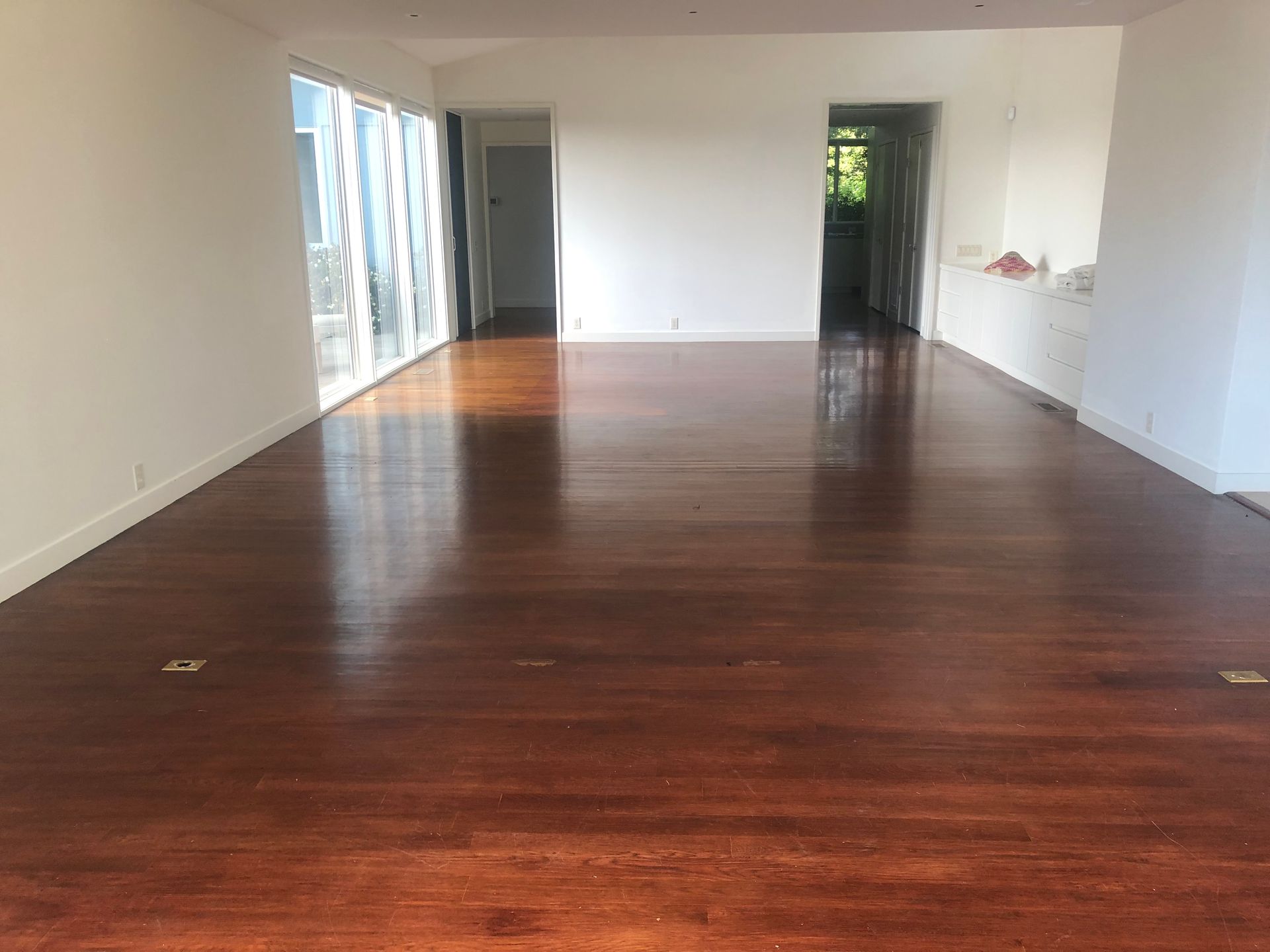
The Consequences of Poor Sanding on Hardwood Floors: Why Hiring Professionals Matters
Sanding hardwood floors is one of the most critical steps in refinishing. When done well, it reveals the natural beauty of the wood, creating a smooth, even surface that takes well to stains and finishes. But poor sanding can lead to an array of issues, from uneven finishes to lasting damage, that can be costly and frustrating to fix. For homeowners, understanding the common sanding mistakes and the importance of hiring professionals can make all the difference between a flawless floor and one that demands constant repair. Let’s dive into why proper sanding is essential and the pitfalls that come with subpar workmanship.
1. The Importance of Proper Sanding
Hardwood floors are a major investment, both financially and aesthetically, so taking shortcuts with their maintenance can have lasting consequences. Sanding is necessary for several reasons:
- It removes any old finish, exposing the raw wood for staining or sealing.
- It smooths out scratches, dents, and other imperfections on the surface.
- It prepares the wood to accept stain and finish evenly, ensuring that the floor remains durable and beautiful.
When sanding is done incorrectly, it not only makes the floor look uneven but also affects the longevity and overall quality of the finish.
2. Common Sanding Mistakes and Their Consequences
Poor sanding often results from lack of experience, inadequate tools, or cutting corners to save time or money. Here are some of the most common mistakes and the issues they can cause.
- Uneven Sanding
One of the most frequent mistakes is uneven sanding, where areas of the floor are sanded at different depths. This can happen if the person sanding doesn’t maintain even pressure or moves the sander inconsistently. The result? Parts of the floor will absorb stain differently, leading to an inconsistent color and sheen. In some cases, areas may be sanded so deeply that they reach below the wear layer, which is irreparable in thinner hardwood floors.
- Skipping Grits
Sanding hardwood floors requires a series of sandpaper grits, starting from coarse to fine, to achieve a perfectly smooth finish. Skipping grits is a shortcut some might take to save time, but this often leaves noticeable scratches on the floor that become even more visible after finishing. Coarser scratches will also cause the stain to soak unevenly, creating a blotchy look across the floor.
- Not Sanding Edges Properly
Floors have edges and corners that are often missed or improperly sanded. While a drum sander or large sanding machine can handle the main areas, edges require specialized equipment and careful attention. If edges aren’t sanded correctly, they can look dull and unfinished, creating an unsightly contrast with the main floor area.
- Over-Sanding
Over-sanding is another common issue. This happens when certain areas are sanded too much, which can lead to thinning of the floorboards. For engineered wood floors, this is particularly risky, as they have a limited wear layer that can only be sanded a few times before the wood veneer is worn through. Even solid hardwood can be damaged by excessive sanding, reducing the lifespan of the floor.
- Using the Wrong Equipment
Using improper or poorly maintained equipment can damage the floor as well. For example, a drum sander that isn’t adjusted correctly may leave grooves, known as “chatter marks,” which will stand out after the finish is applied. Similarly, a sander with a worn-out sanding belt can burnish the wood instead of sanding it, making it difficult for the stain to penetrate.
3. Why DIY Sanding Isn’t Always the Best Choice
With the growing popularity of DIY home improvement projects, many homeowners consider sanding hardwood floors themselves. However, the complex, nuanced process often means that a DIY approach can do more harm than good. Here’s why.
- High Skill Requirement: Properly sanding a hardwood floor requires experience and expertise. Each hardwood species has its unique characteristics, and knowing how to work with each type takes practice.
- Risk of Costly Mistakes: If sanding isn’t done right the first time, fixing these mistakes can be much more expensive than the initial job. Re-sanding can lead to additional material and labor costs and might require replacing sections of the floor in severe cases.
- Time and Effort: Renting equipment, learning the process, and achieving professional-grade results can be incredibly time-consuming and labor-intensive. Hiring a professional ensures the job gets done efficiently and correctly the first time.
4. Hiring Professionals: What to Look For
Finding the right professionals for sanding hardwood floors can save homeowners time, money, and stress. When choosing a professional sanding service, consider the following factors:
- Experience and Reputation: Look for companies with a solid track record and positive reviews from past clients. Experienced professionals will know how to handle different wood types and finishes and will have the skills to avoid common sanding mistakes.
- Certifications and Training: Many flooring professionals have certifications from trade organizations, such as the National Wood Flooring Association (NWFA), indicating that they are trained in the latest techniques and best practices.
- Proper Equipment: Reputable companies use high-quality, well-maintained equipment to ensure consistent and smooth results. They’ll also have a range of tools for sanding edges and hard-to-reach areas.
- Transparency in Estimates: Professionals should provide a clear and transparent estimate, detailing the work required and the expected outcome. Avoid companies that quote unusually low prices, as this could indicate cut corners or a lack of experience.
5. Final Thoughts on Avoiding Sanding Mistakes
Whether for maintenance or refinishing, sanding is a critical process that significantly affects the final appearance and durability of hardwood floors. Skipping this step or taking shortcuts can lead to poor results that may require costly repairs or refinishing. When you hire skilled professionals for sanding hardwood floors, you’re not just paying for the work—they bring expertise, quality equipment, and a level of care that ensures the best possible outcome for your floors.
Key Takeaways for Homeowners:
- Poor sanding leads to uneven finishes, scratches, and other surface issues.
- Avoid DIY sanding unless you have the right equipment, knowledge, and time.
- Professionals help ensure the job is done correctly and efficiently, protecting the longevity and beauty of your investment.
In the end, hiring a professional for hardwood floor sanding is an investment in quality. By understanding common sanding mistakes, you’re better prepared to make an informed choice and achieve the stunning, flawless finish your floors deserve.

